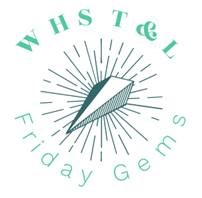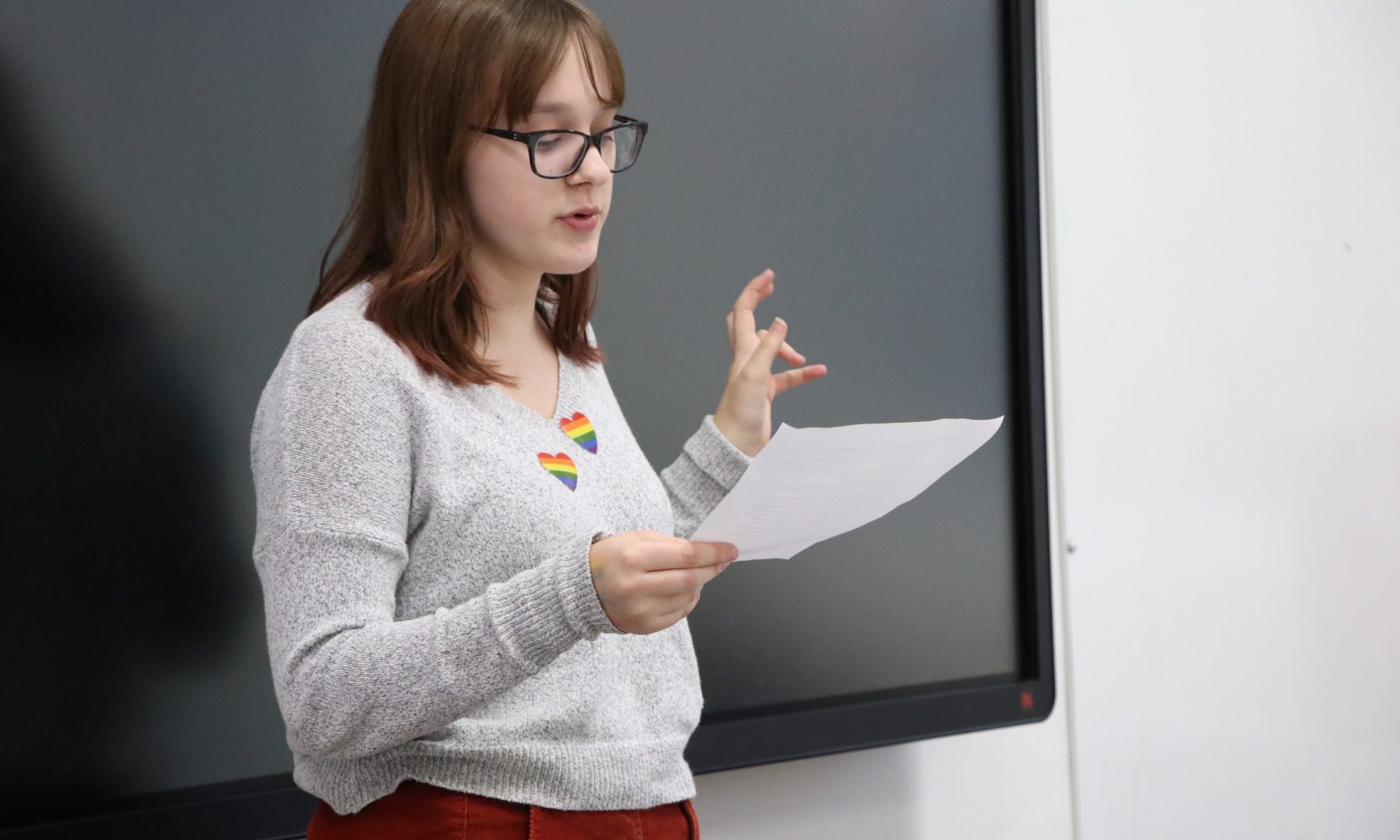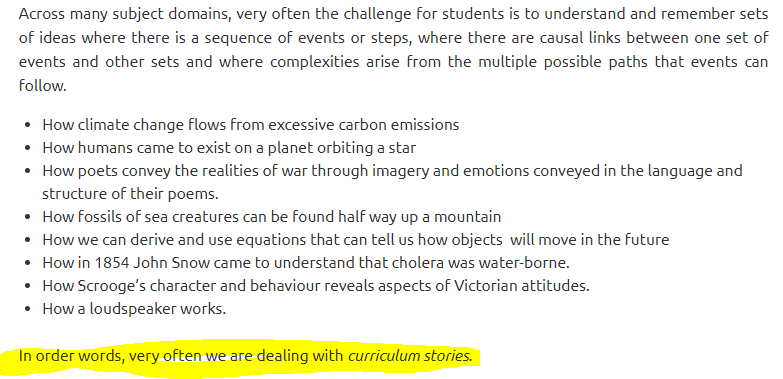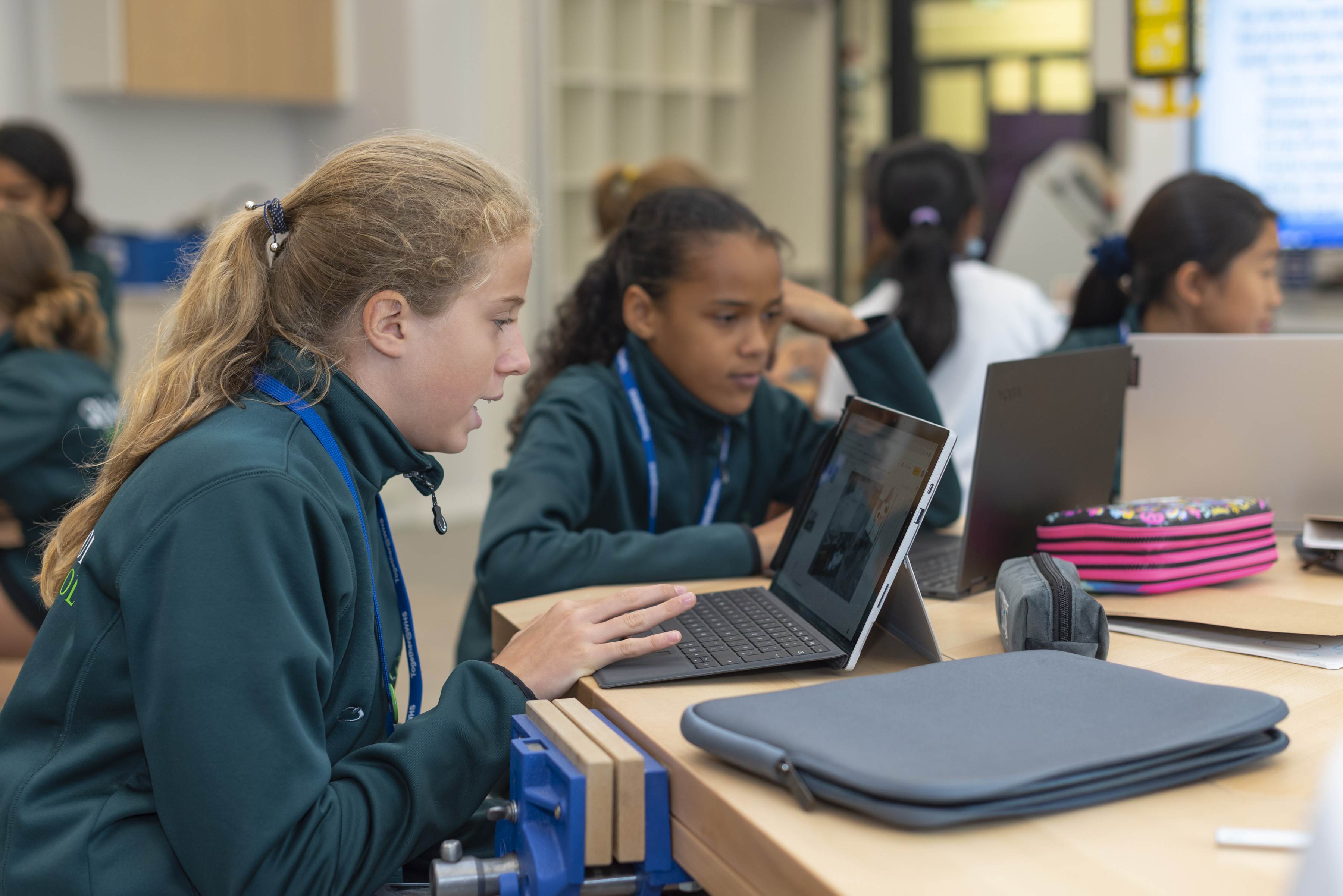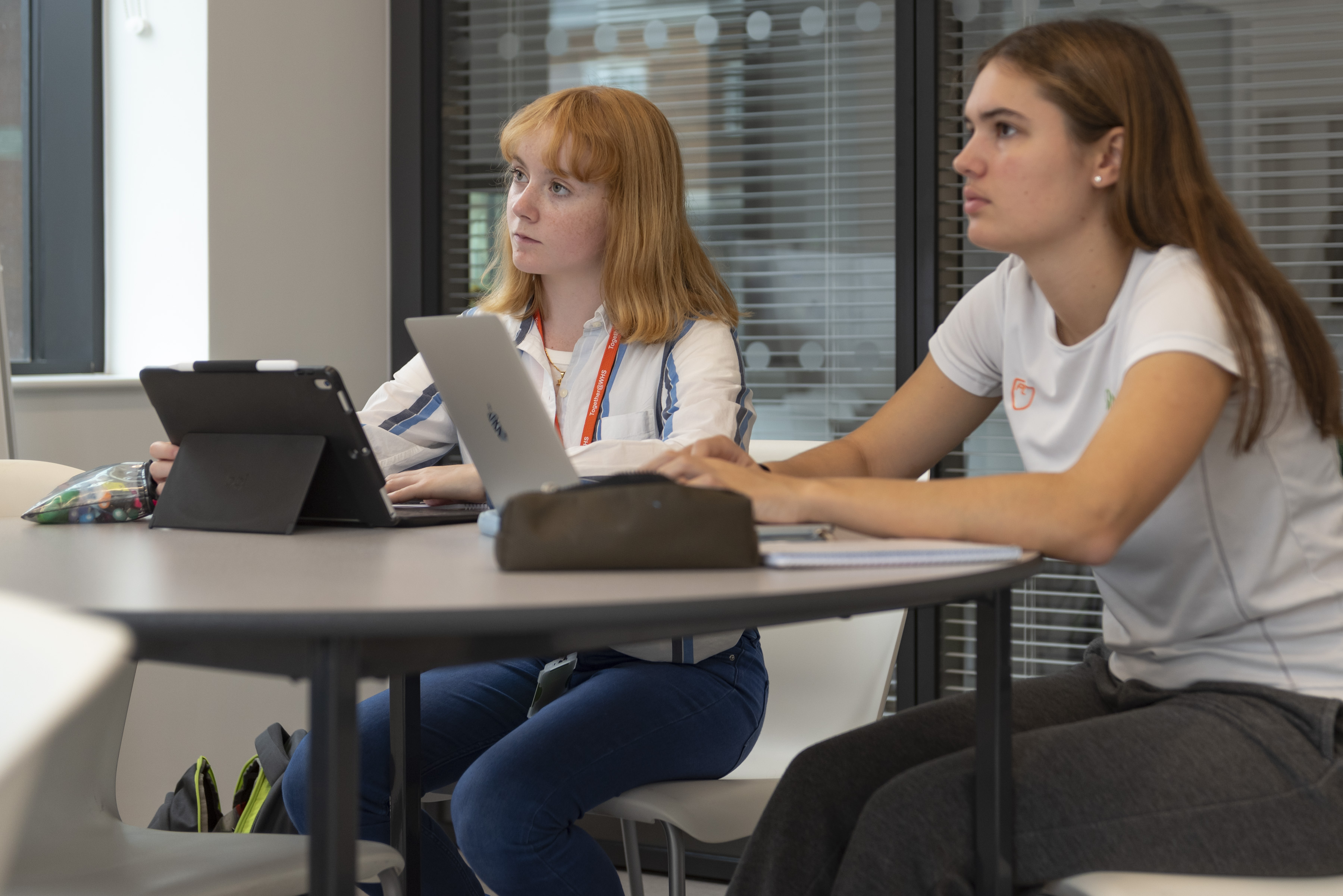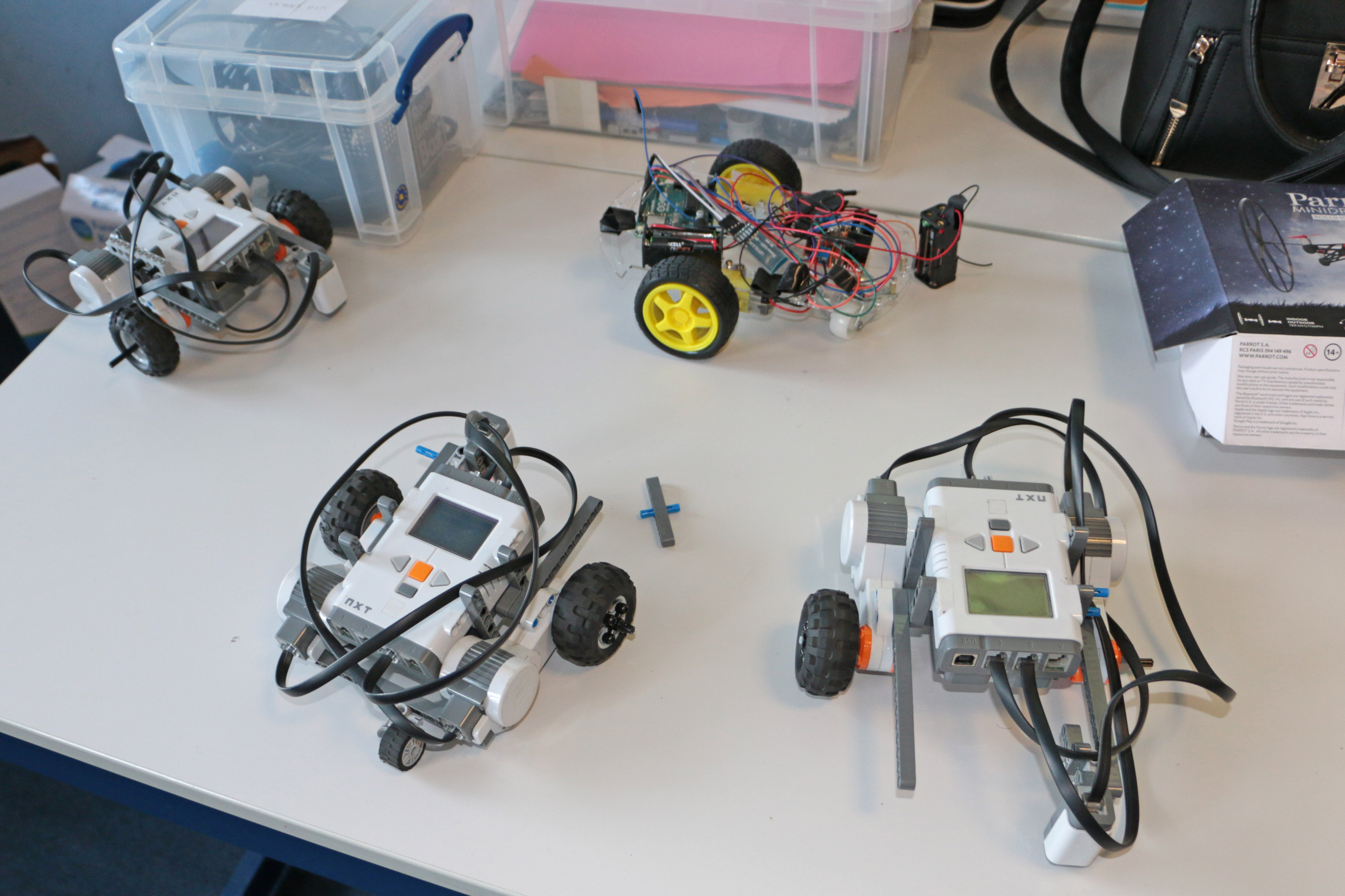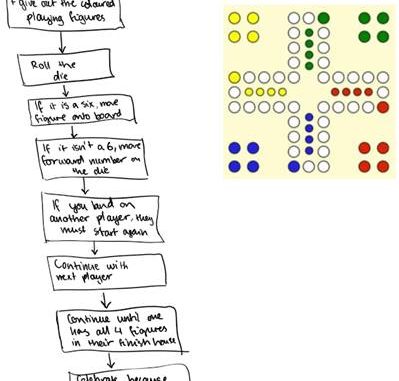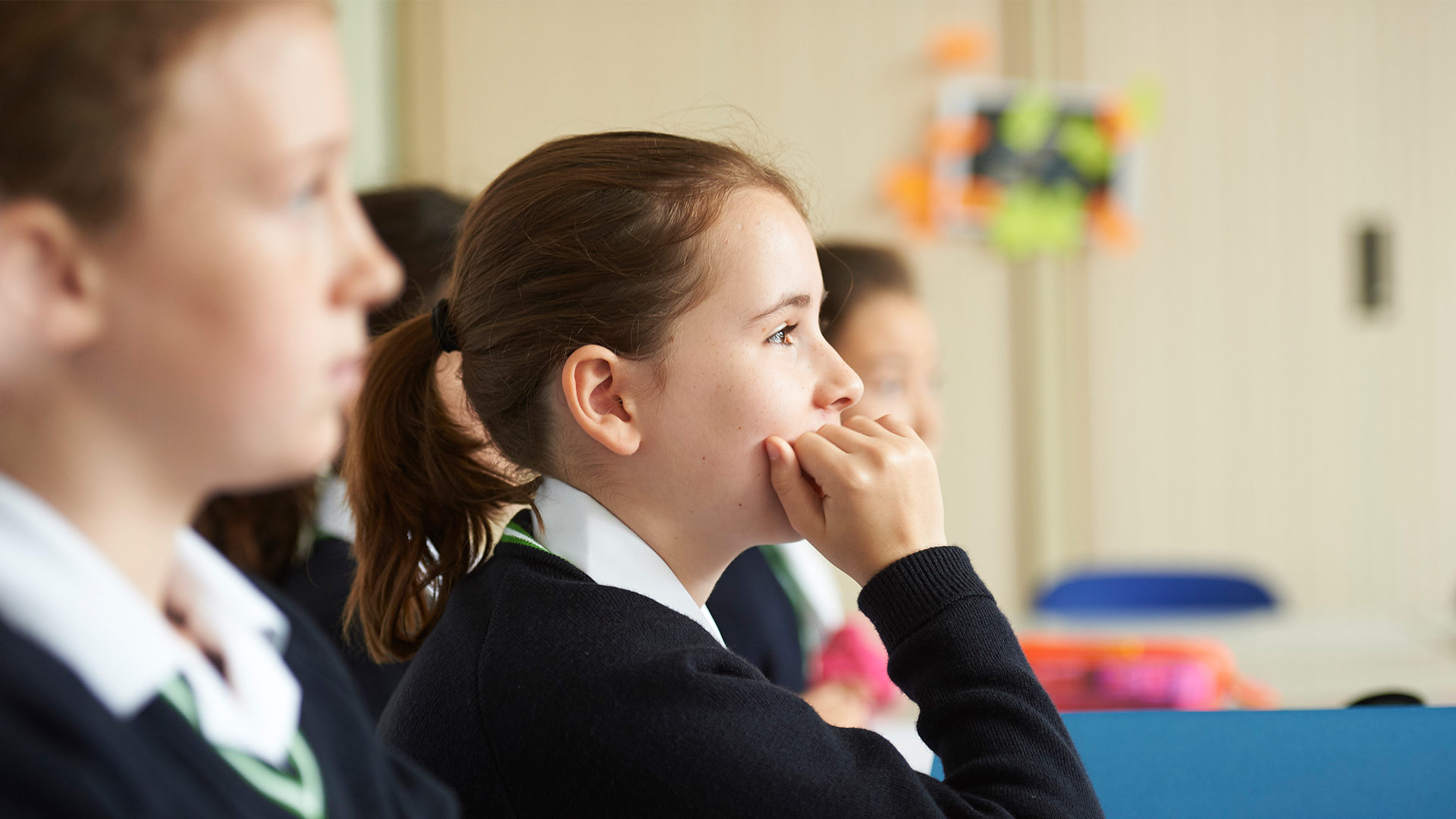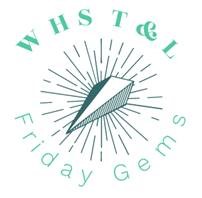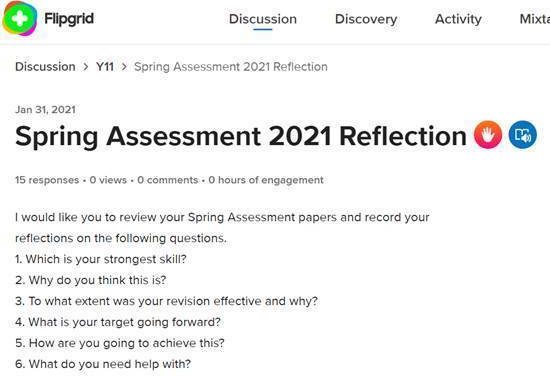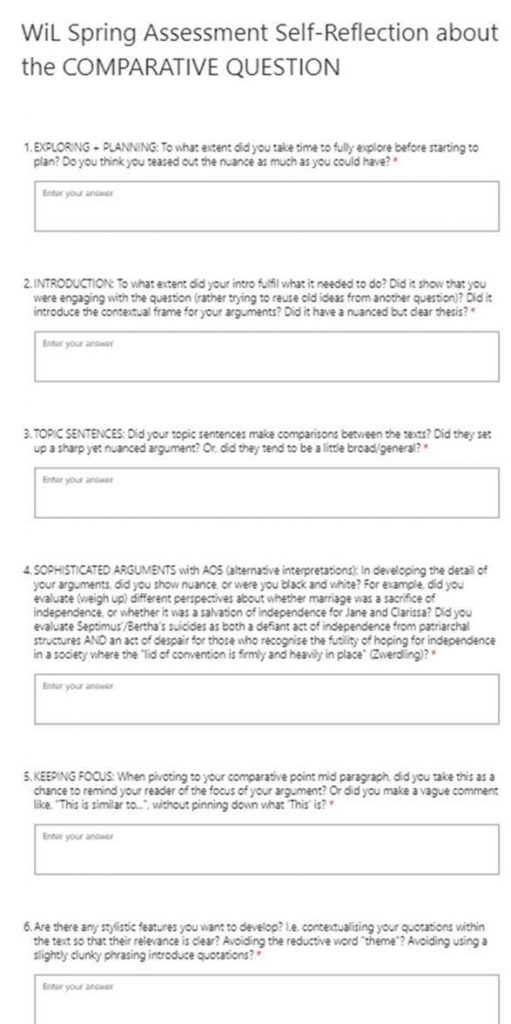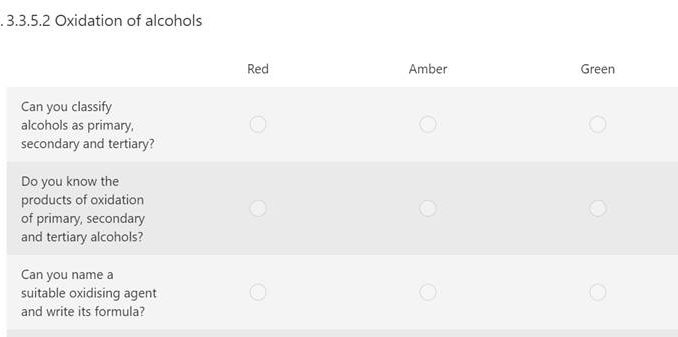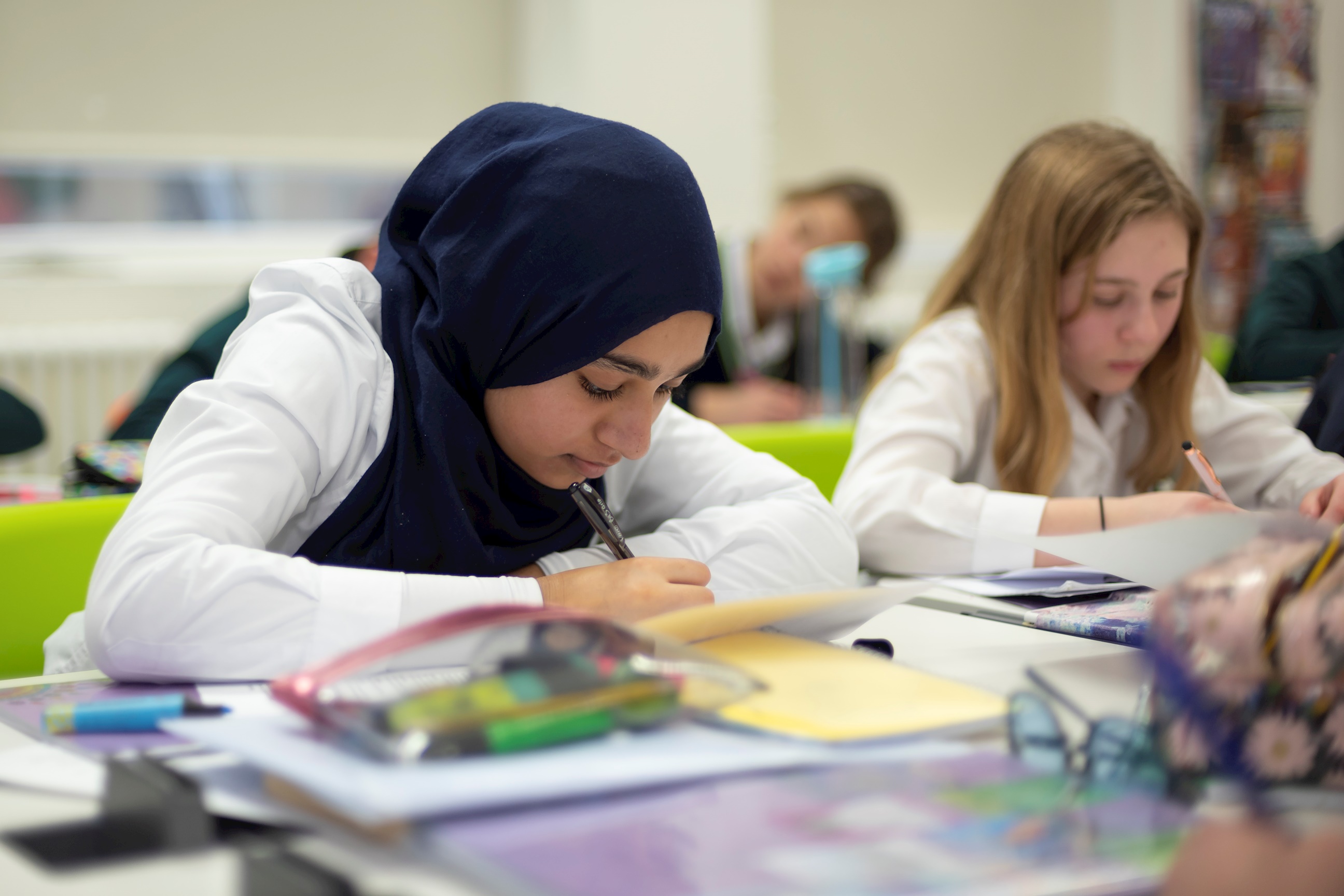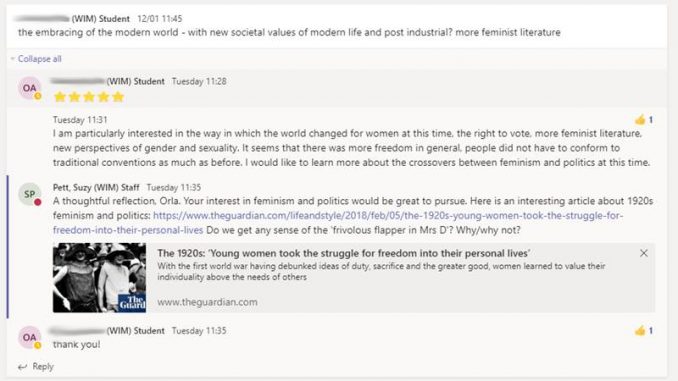Welcome to a new sub-series of Friday Gems. I’m calling these the Rosenshine Edit.
Each week until the end of the term we will present one or two of Rosenshine’s Principles, followed by thoughts and reflections from a colleague about how we use this principle in our T&L at WHS. To help the colleague get some ideas, they might go on an informal and friendly learning walk during the week before.
Rosenshine’s Principles of Instruction come from three sources: (a) research in cognitive science, (b) research on master teachers, and (c) research on cognitive supports. His 10 principles will feel nothing new to us at WHS: they are a really solid guide to impactful teaching. Apart from a reminder of each principle, what we really want to do here is celebrate how we see the principles in action in our WHS classrooms. As you know, Fionnuala did a learning walk this week, and so she is kicking this off for us.
Rosenshine’s Principle: Check for Student Understanding
Rosenshine says that:
- Most effective teachers frequently check student understanding to allow students to process new ideas and put them in their long term memory. They might:
- Ask students to elaborate on ideas to augment connections in their schema;
- Ask students to summarise ideas they have learnt;
- Ask students to agree/disagree with each other’s points;
- Ask students to think aloud as they work, solve problems, write their answers (metacognition).
- Less effective teachers:
- Assume that learning has happened by asking, “Are there any questions?” or “Have you understood?”. Asking students to self-report in this way will not allow the teacher to judge what has and hasn’t been learnt, and will not make the student retrieve information or make connections in their schema.
Fionnuala’s Thoughts
This week I had the pleasure of whipping around the school on a very informal learning walk and it struck me that the unifying theme of what I saw were the skilful, playful and varied ways in which teachers were checking understanding. In Suzy’s Y12 Woolf class, the opportunity for students to expand and build on each other’s points as well as to try to verbalise difficult ideas, feeling their way as they went whilst expressing uncertainty, were abundant. In Y12 Biology with Silke, students were grouped first into twos and threes to discuss ideas around examples of natural selection and fed back from those small groups, encouraging confidence in their thinking and allowing more reticent students to have a voice. In Y9 Latin with Hattie, girls voluntarily translated from the board, openly expressing when they were unsure, but being willing to have a go anyway – and others were keen to jump in to help them out as needed. (I even got to answer a question – ‘diu’ still means ‘for a long time’, it seems…excellent news). In Y10 Art with Alice, there was an elasticity of connection between teacher and student, where the focus in the room was crackly and intense, and Alice gave them space to work on their ideas independently and encouraged them to explain their thinking to me, whilst quietly waiting in the wings to support them as and when required. In Y10 English with James the students dug into the character of Sir Andrew, sharing their views on why he is chosen as the stooge (by Sir Toby and by Shakespeare) – views they had developed independently through their own reading and interpretation prior to the lesson. And last but absolutely not least, Y12 in Drama with Fiona had to become something beginning with a letter, using their physicality to express their idea, but also had to be something no one else has chosen, so they were challenged to be original and independent in their thinking. Cue much hilarity when not one but two became a quail’s egg for the letter Q; as Alice O’Meara so succinctly put it: ‘could you get any more Wimbledon High…’.
I’m sure you can glean from all of this that nowhere was there any assumption that learning had happened, but instead a wide and impressive variety of ways to test engagement, understanding and connection. Thank you to all who welcomed me into their classrooms; it is the best way I can think of to spend 90 minutes.

